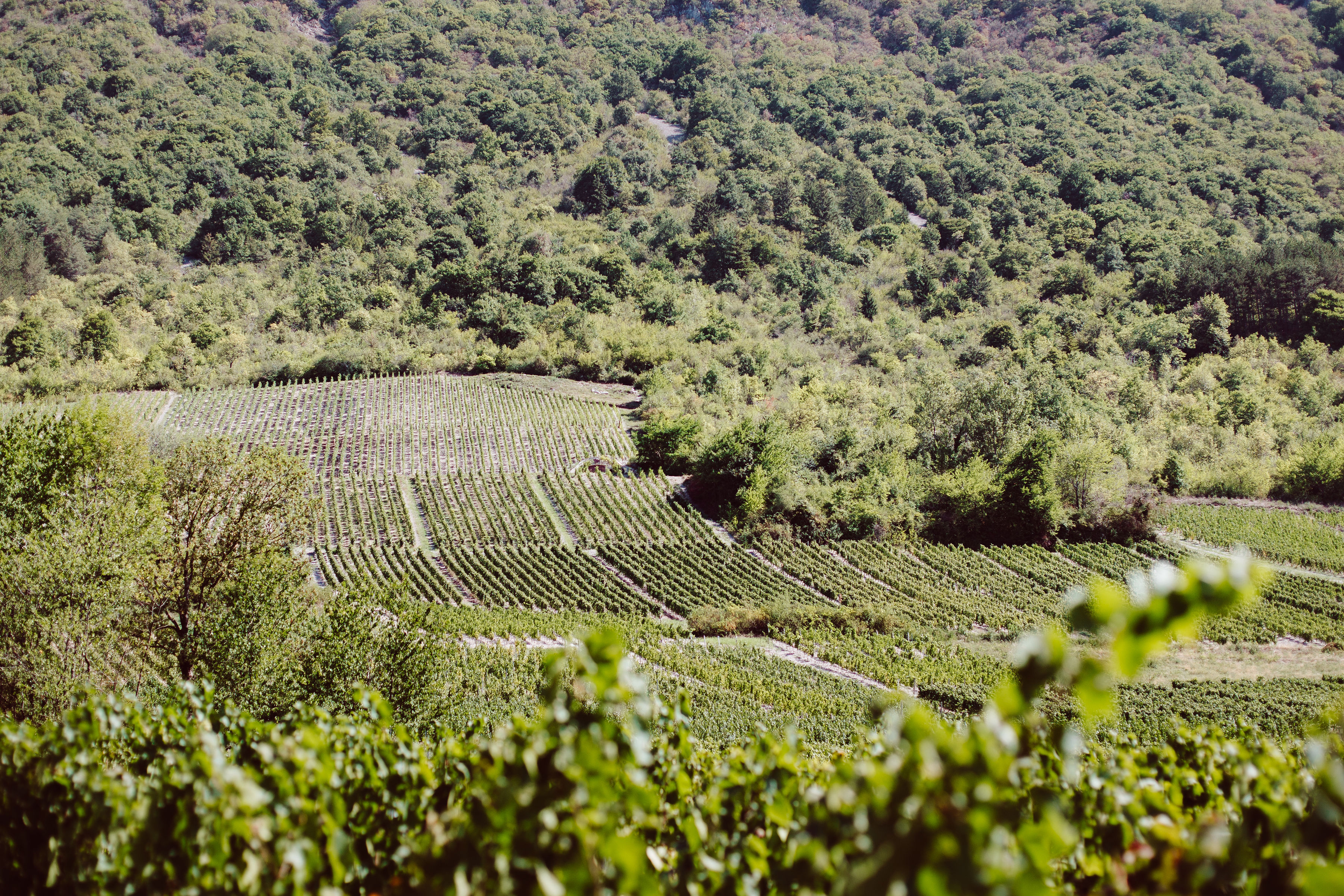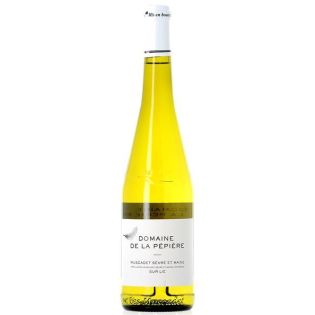Muscadet-Sèvre-et-Maine sur Lie PDO
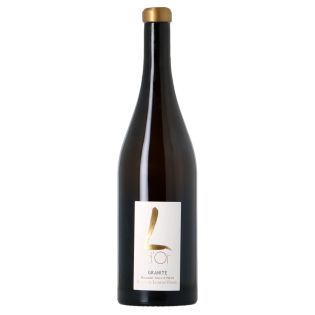
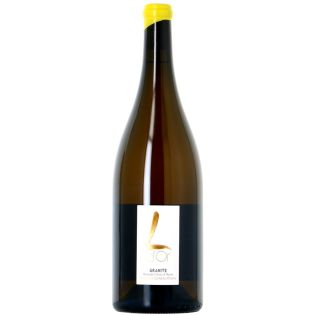
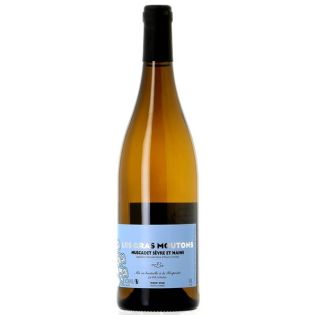
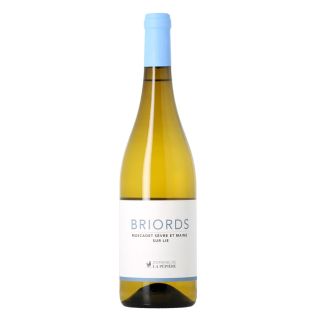
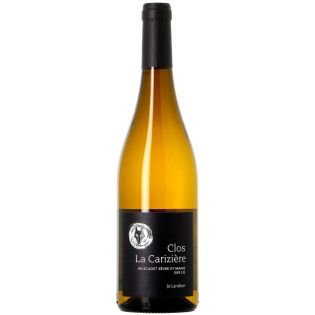
Muscadet, the white pearl of the Nantes region
Muscadet is grown at the western end of the vast vineyards of the Loire Valley, in the Nantes region. Only one grape variety is used in its composition: the white melon of Burgundy. The appellation is spread over a mosaic of terroirs, which are the source of a great diversity of wines. For a few years now, the wine that was considered as a simple "petit blanc" has been improving its reputation thanks to the work of winemakers who are always looking for more quality.
General presentation of the appellation
The Muscadet appellation area is essentially located in the southern part of the Loire-Atlantique, west of Nantes. It also extends over a few communes in the Vendée and Maine-et-Loire. Only one grape variety is used here: the white melon of Burgundy. Although it has almost disappeared from the Burgundy vineyards, the white melon has found its home in the Pays Nantais.
The AOC has a "generic" appellation, Muscadet, and 3 sub-appellations:
-AOC Muscadet: it is produced on nearly 4,000 hectares to the south, east and north-east of Nantes.
-AOC Muscadet Sèvre-et-Maine: it spreads over some 8,800 hectares on the banks of two rivers, the Sèvre-Nantaise and the Petite Maine, south-east of Nantes. It represents the majority of the vineyard's production. It is also the most qualitative, as shown by the three new communal crus of Le Pallet, Clisson and Gorges. Six other communal crus are in the process of being recognised: Goulaine, Monnières-Saint-Fiacre, Château-Thébaud, Mouzillon-Tillières, La Haye-Fouassière and Vallet.
-AOC Muscadet Côtes-de-Grandlieu: to the south of Nantes, it is located around the Grandlieu lake and covers 260 hectares. The presence of the lake guarantees a microclimate favourable to a regular production from a quality point of view.
-AOC Muscadet Côteaux-de-Loire: with its 200 hectares, it is the smallest appellation area of the vineyard. It extends to the north-east of Nantes, between the City of the Dukes and Ancenis. They are undoubtedly the most tonic wines of the vineyard.
The Muscadet vineyard has improved considerably in recent years under the impetus of passionate winegrowers. The identity and quality of the wines are recognised through 3 new "Mentions communales": Le Pallet, Clisson and Gorges, premier crus communaux which are denominations of the AOC Muscadet Sèvre-et-Maine.
Each AOC can also be completed by the mention "sur lie(s)". In this case, the wines have spent a single year in barrel or vat and are still on their fermentation lees made of "dead yeast" at the time of bottling. This process gives the wine the "pearly" side of muscadets, a slight effervescence that brings freshness to the tasting.
Characteristics of Muscadet
Muscadet is a dry white wine with a pale yellow colour and green highlights. It is characterised by a floral and fruity nose. Mineral and marine nuances enrich this fresh and light bouquet. The Muscadet Sèvre-et-Maine is quite full-bodied with floral, mineral and fruity aromas. Tonic and powerful, the muscadet côteaux-de-loire presents accentuated mineral notes. Finally, the Muscadet Côtes-de-Grandlieu shows great elegance with floral, citrus and exotic fruit aromas. A certain acidity and "musky" flavours can also mark the tasting.
How to taste a Muscadet
Traditionally, this white wine with its saline and iodine notes is a good accompaniment to seafood, especially oysters. Refreshing and light, Muscadet is not limited to shellfish platters. It also enhances fish dishes: salmon tartar, eel, sushi, grilled fish, pike-perch fillet or sole with beurre blanc, pike in sauce... A Muscadet also goes well with white meats, such as poultry in cream sauce or veal. Finally, for the cheese side, pair a Muscadet with a goat's cheese (rocamadour, picodon...), a pont-l'évêque or a reblochon.
A Muscadet should be drunk chilled; favour a serving temperature of 10 to 13° depending on whether you are tasting a Muscadet in its youth or a mature wine.
Laissez-vous tenter... par les autres appellations !
Le vignoble
